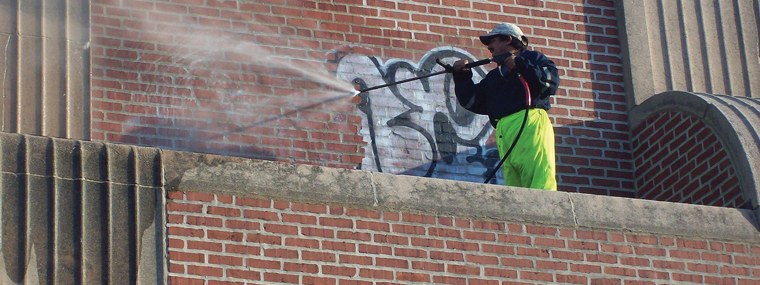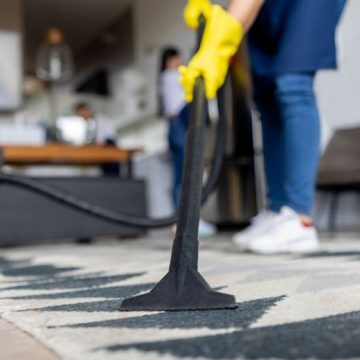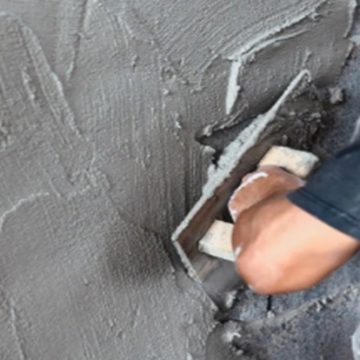Graffiti, a form of artistic expression for some, can often be a nuisance when it appears in unwanted places. Unwanted graffiti on public or private property can be a challenge to deal with. This is where the magic of graffiti removers comes into play. In this article, we will delve into the world of graffiti removers, exploring their significance, effectiveness, and the environmental considerations associated with their use.
Understanding Graffiti Removers
Graffiti removers are specially formulated solutions designed to eliminate unwanted graffiti from various surfaces. These surfaces may include concrete walls, brick facades, metal surfaces, and even glass. The primary goal of these removers is to break down and dissolve the graffiti, making it easier to wipe or wash away. Most graffiti removers come in liquid form and can be applied with a brush, sponge, or spray bottle.
Chemistry Behind Graffiti Removal
The effectiveness of graffiti removers lies in their chemical composition. Many of these solutions contain solvents, detergents, and other active ingredients that work together to break down the paint or ink used in graffiti. For instance, solvents help to dissolve the graffiti material, while detergents aid in lifting it off the surface. Some advanced formulations also incorporate environmentally friendly ingredients to balance efficacy with eco-consciousness.
Application Techniques
The application of graffiti removers varies based on the type of surface and the remover itself. In general, the process involves applying the solution to the graffiti-covered area, allowing it to dwell for a specified time, and then agitating the surface with a brush or sponge. Finally, the loosened graffiti can be wiped away or rinsed off with water. It’s crucial to follow the manufacturer’s instructions to ensure safe and effective use.
Effectiveness on Different Surfaces
Graffiti removers are versatile and can be used on a wide range of surfaces. Concrete and brick surfaces, common targets for graffiti, respond well to these removers. Metal surfaces, such as lampposts and signboards, also benefit from the application of graffiti remover. Glass surfaces, despite their smooth nature, can be effectively cleaned with specialised formulations that won’t damage the glass itself.
Environmental Considerations
While the primary goal of graffiti removers is to remove unwanted markings, it’s essential to consider the environmental impact of these products. Many traditional graffiti removers contain harsh chemicals that may pose risks to both human health and the environment. As a response to these concerns, some manufacturers have developed eco-friendly graffiti removers that prioritise biodegradable and non-toxic ingredients. When selecting a graffiti remover, it’s worth exploring these environmentally conscious options to minimise the overall impact.
Challenges and Precautions
Despite their effectiveness, graffiti removers come with some challenges. The type of surface, the age of the graffiti, and the type of paint or ink used can all affect the success of removal. Additionally, some surfaces may be more sensitive to the chemicals in graffiti removers, requiring caution to prevent damage. Testing the remover on a small, inconspicuous area before widespread application is a recommended precaution.
Conclusion
In the ongoing battle against unwanted graffiti, graffiti removers emerge as invaluable tools. These solutions, armed with a combination of potent chemicals and eco-friendly alternatives, demonstrate the ability to restore surfaces to their original state. As cities and property owners continue to grapple with graffiti-related challenges, the use of graffiti removers stands as a testament to the power of innovation in maintaining the aesthetic integrity of public and private spaces.
















